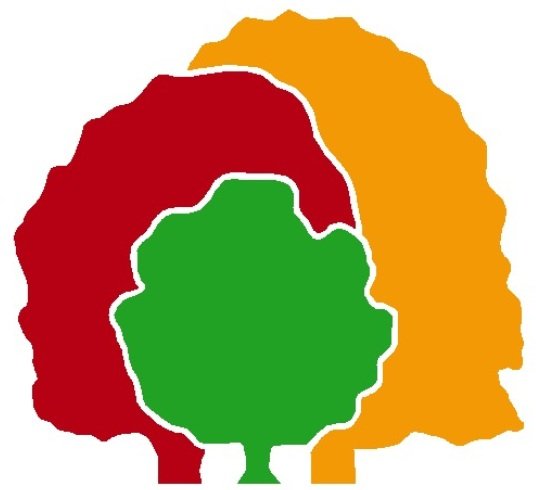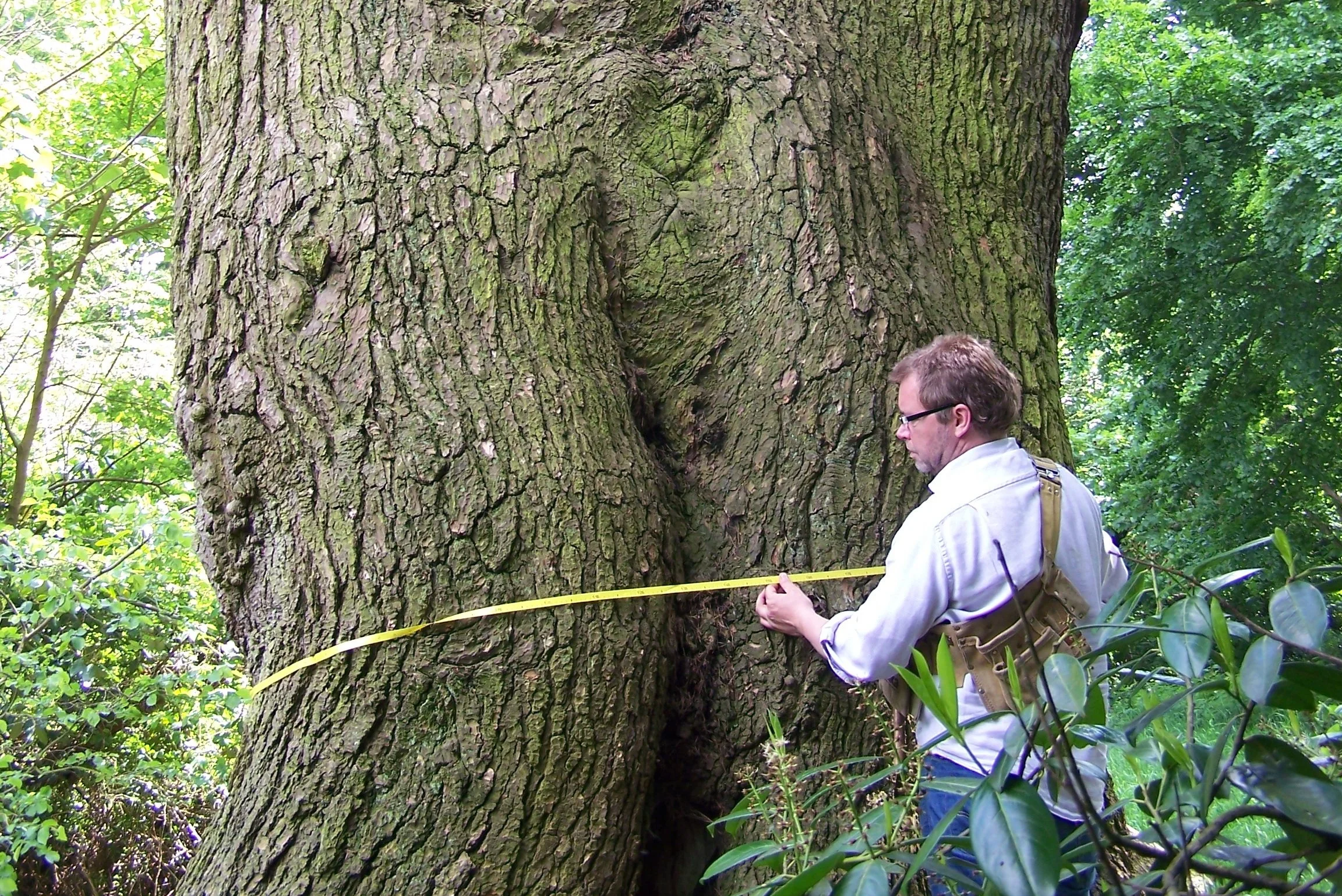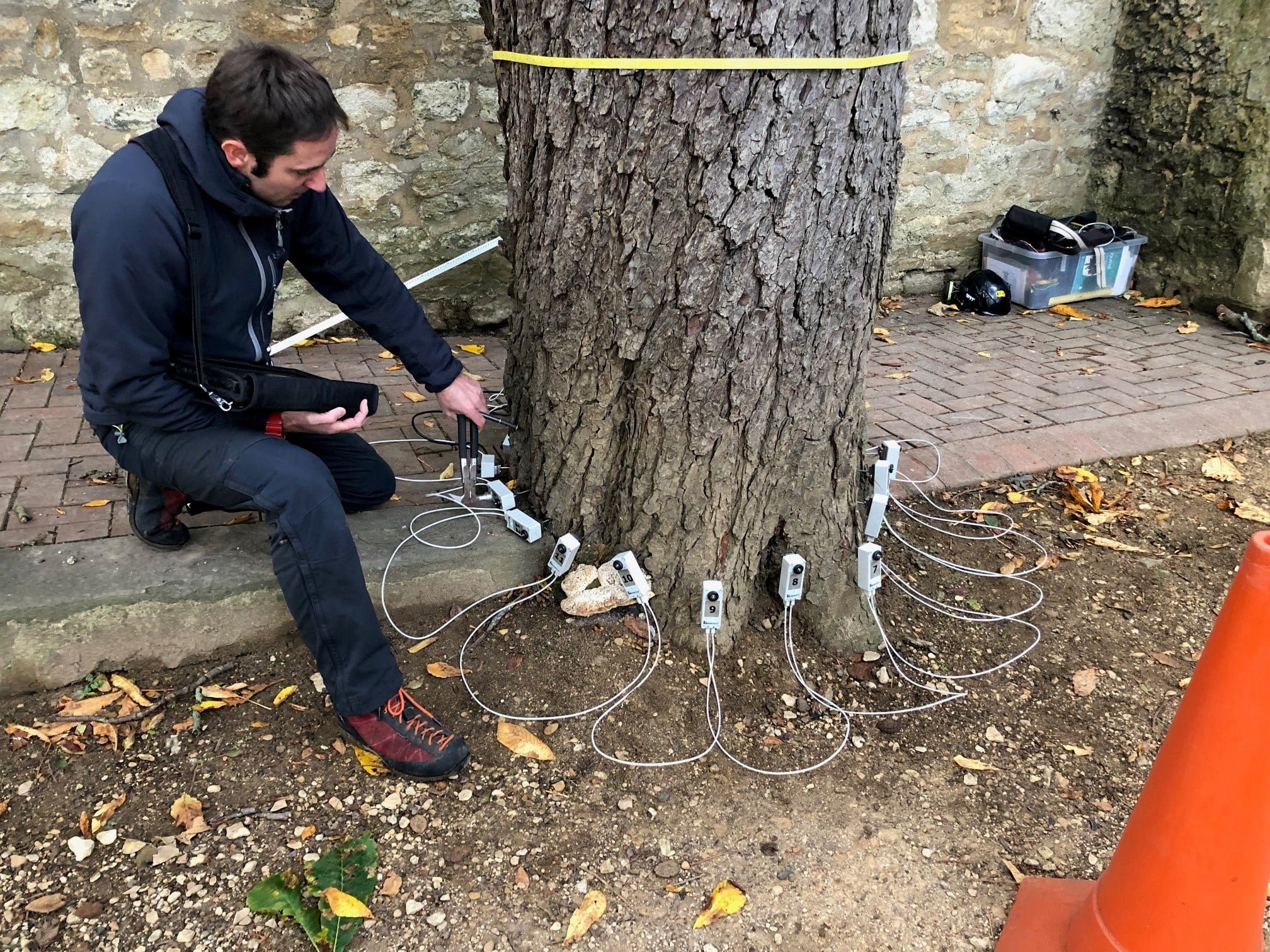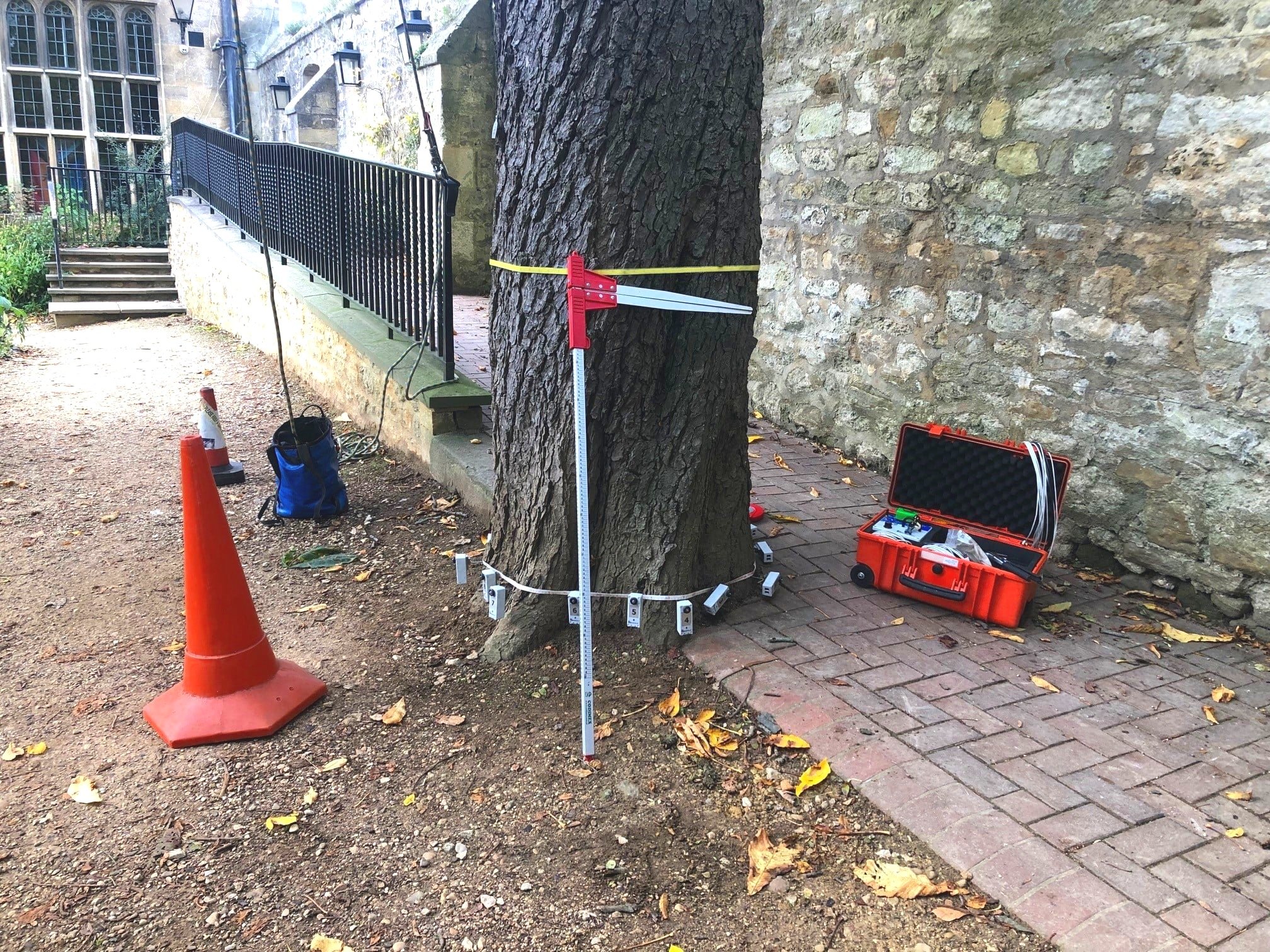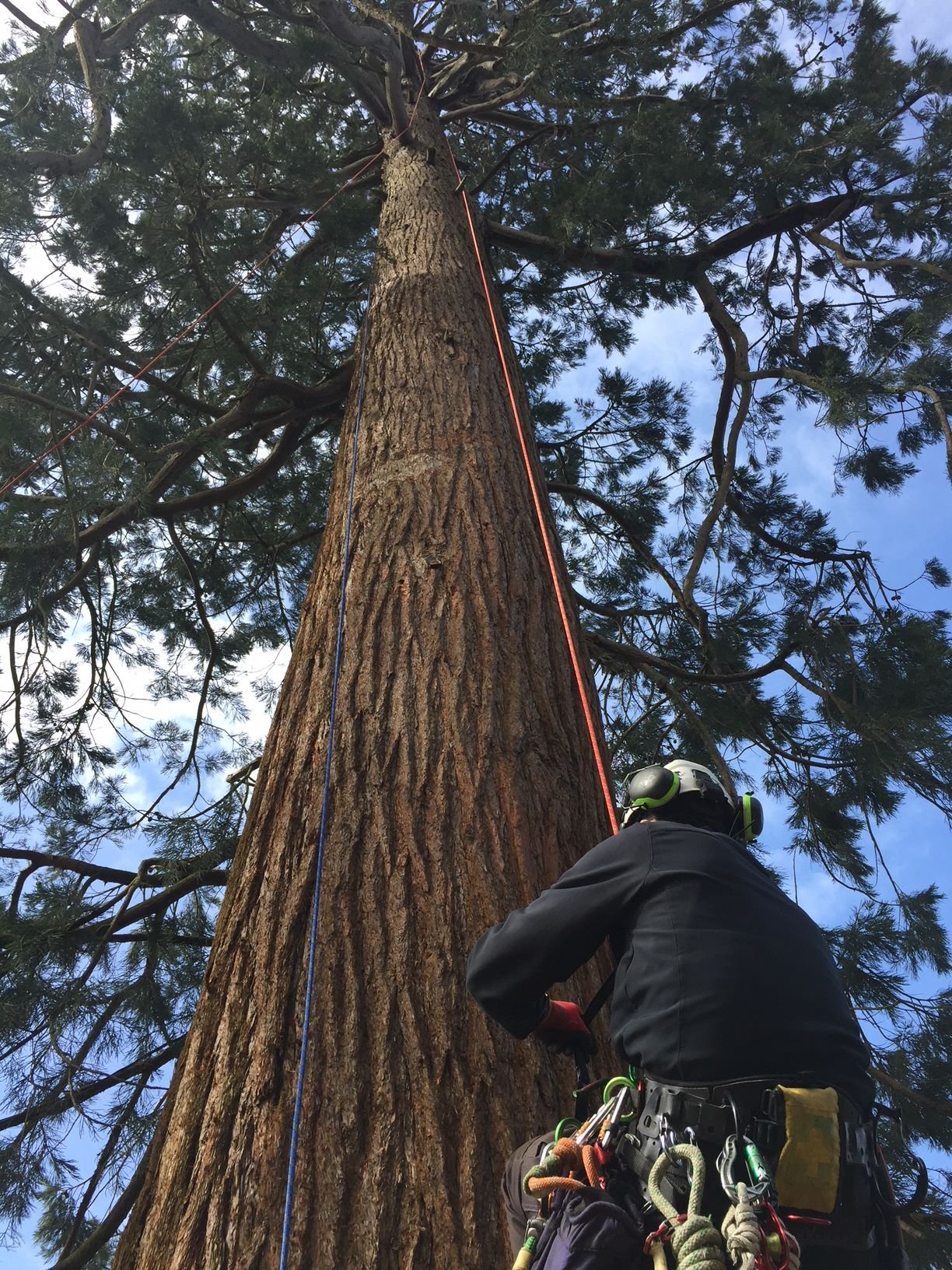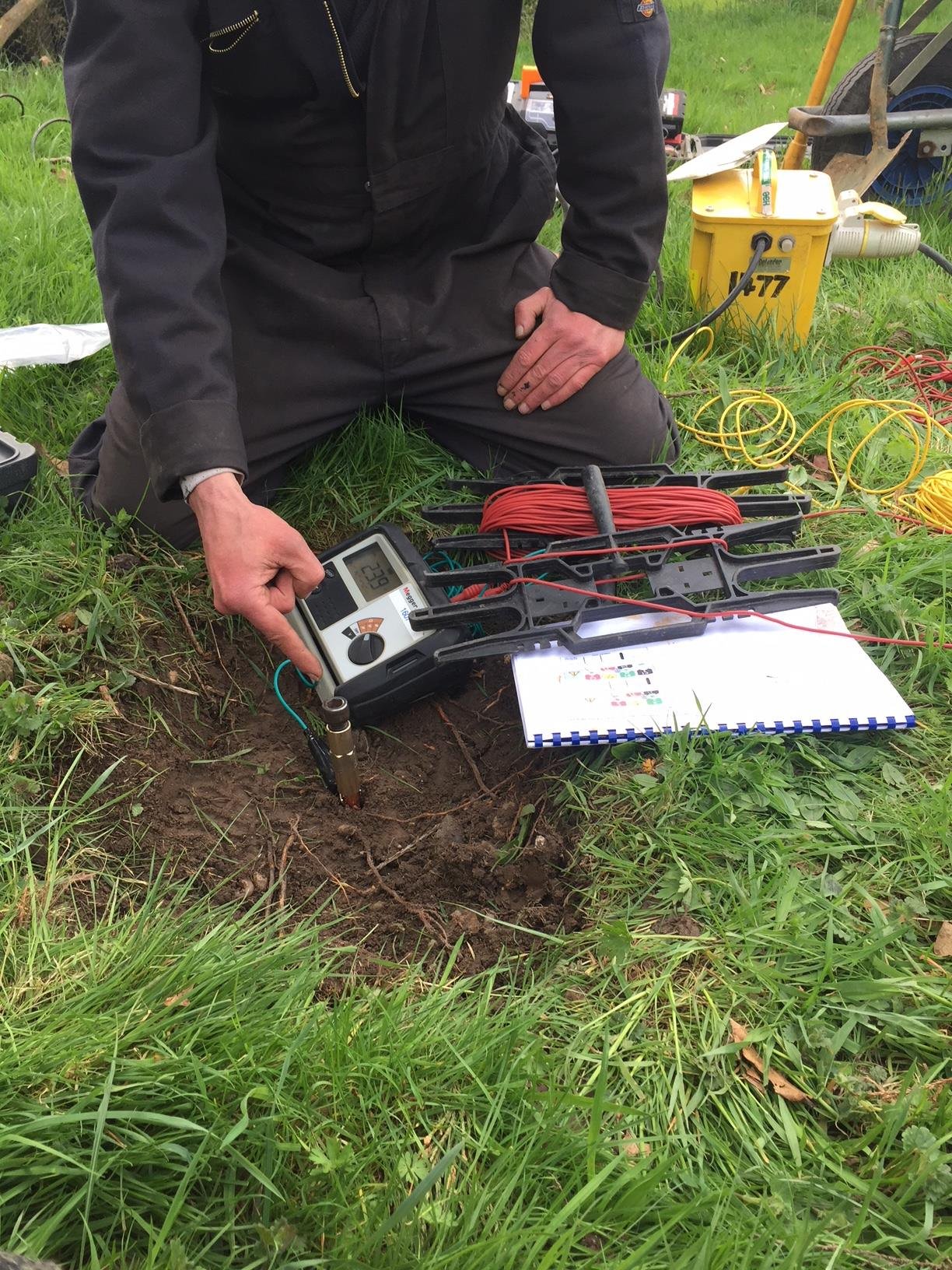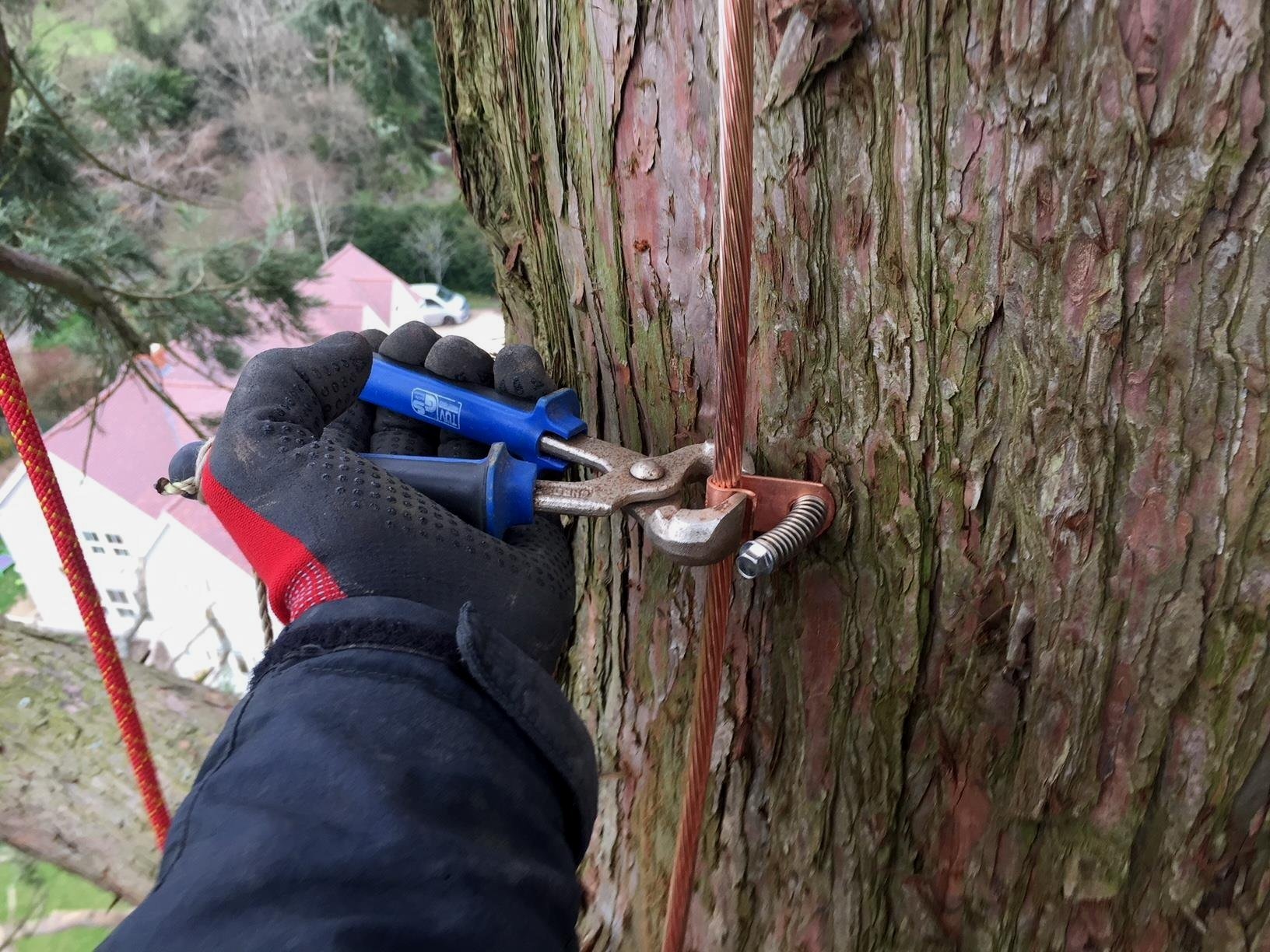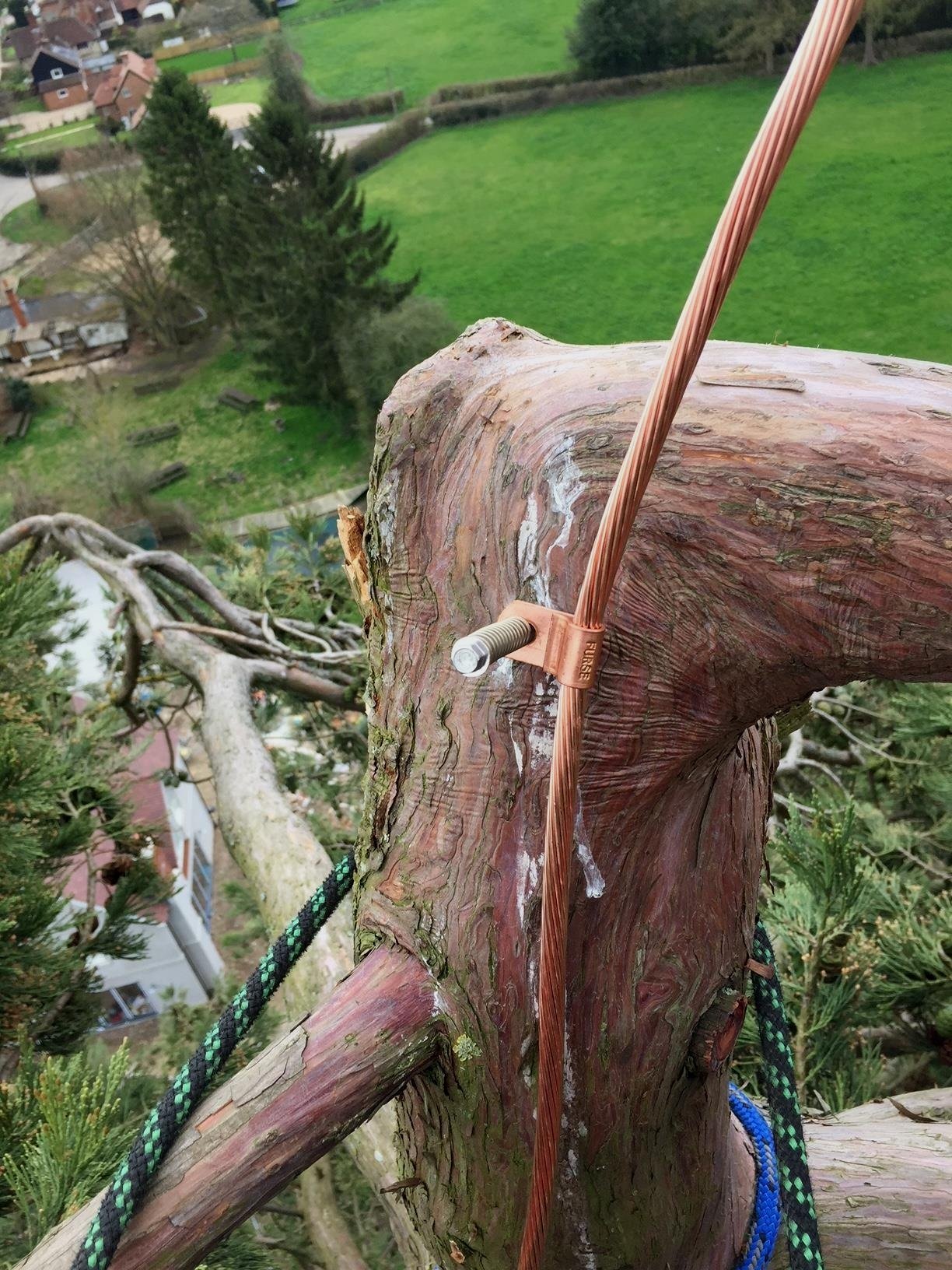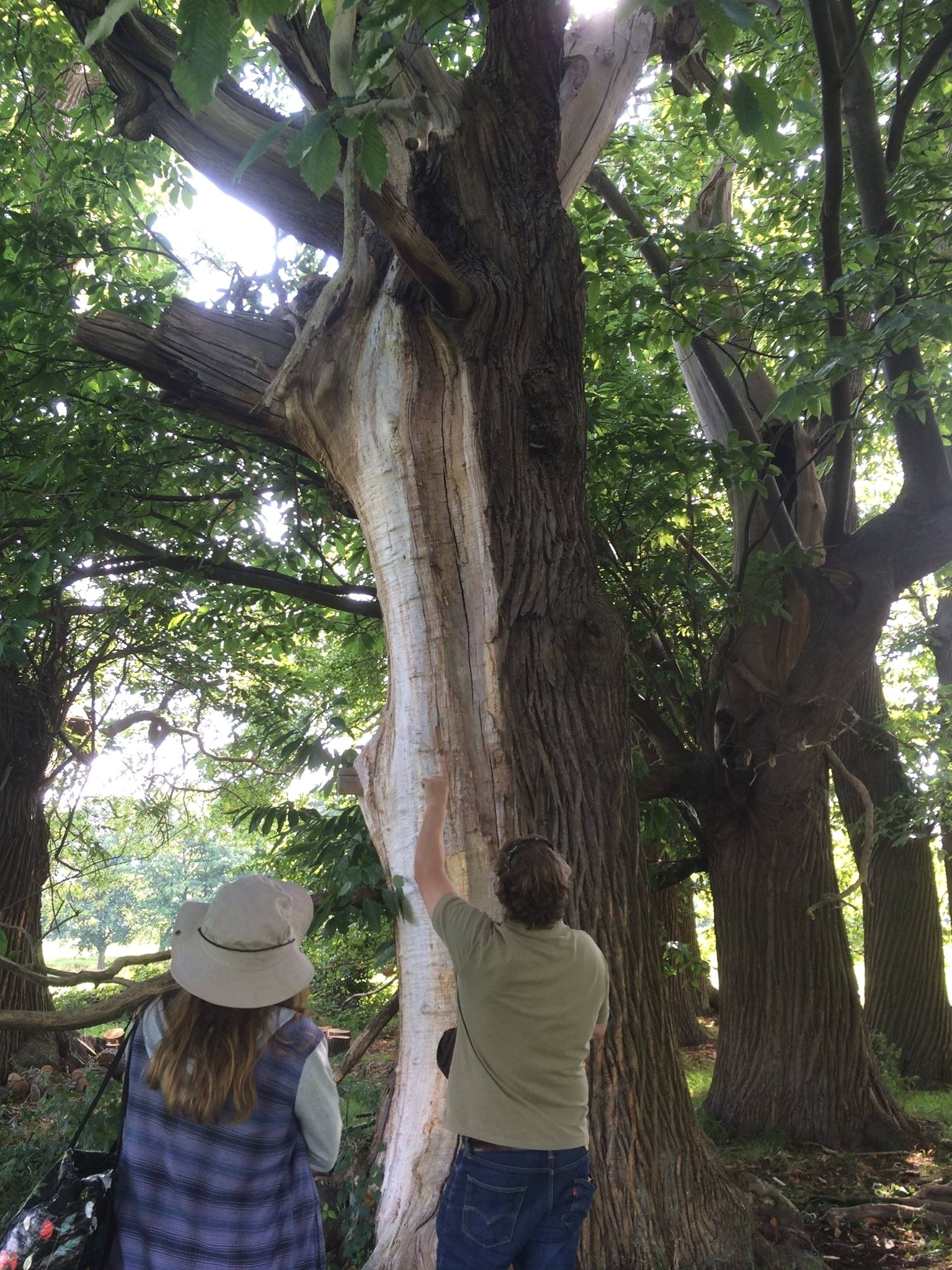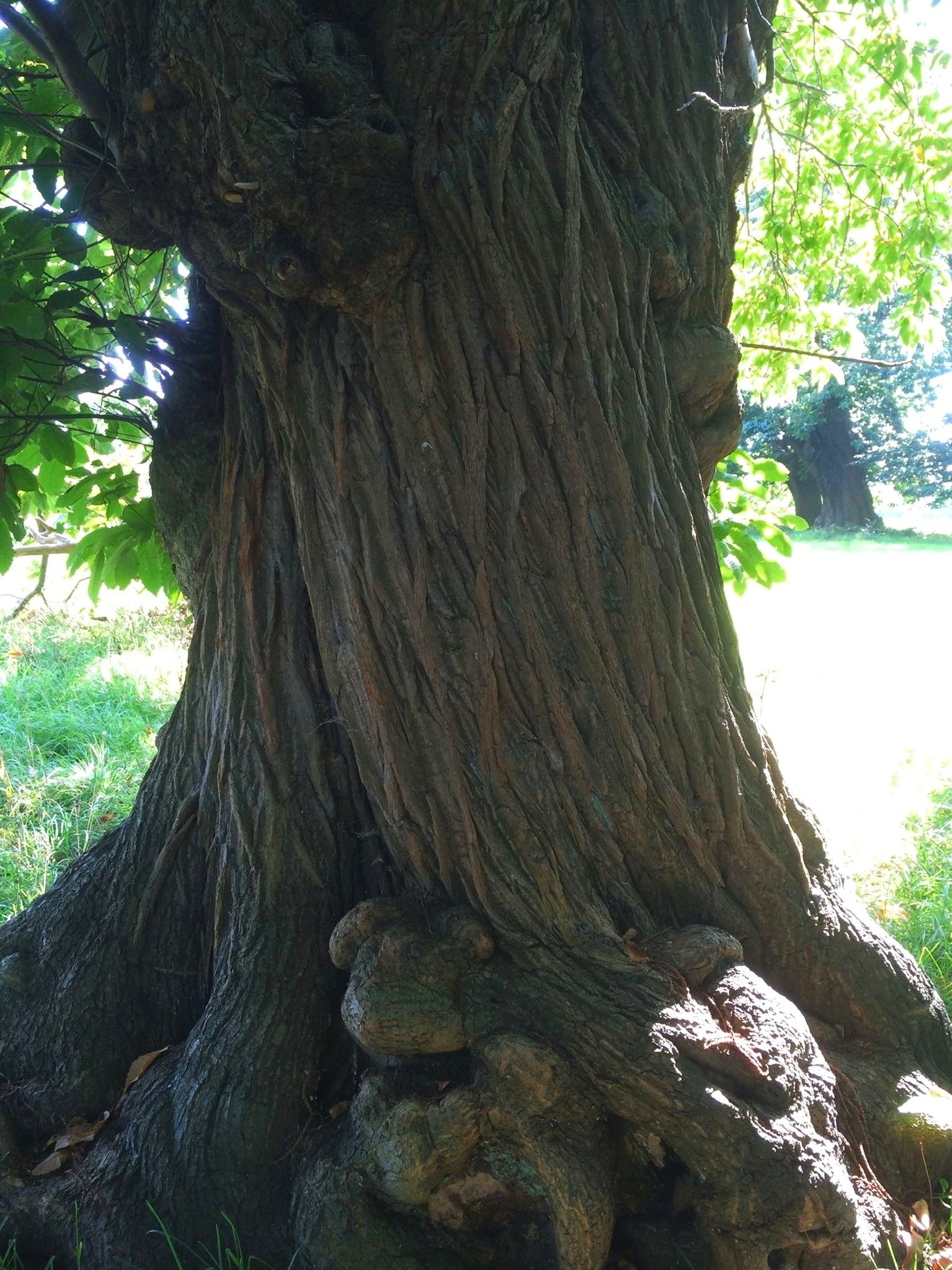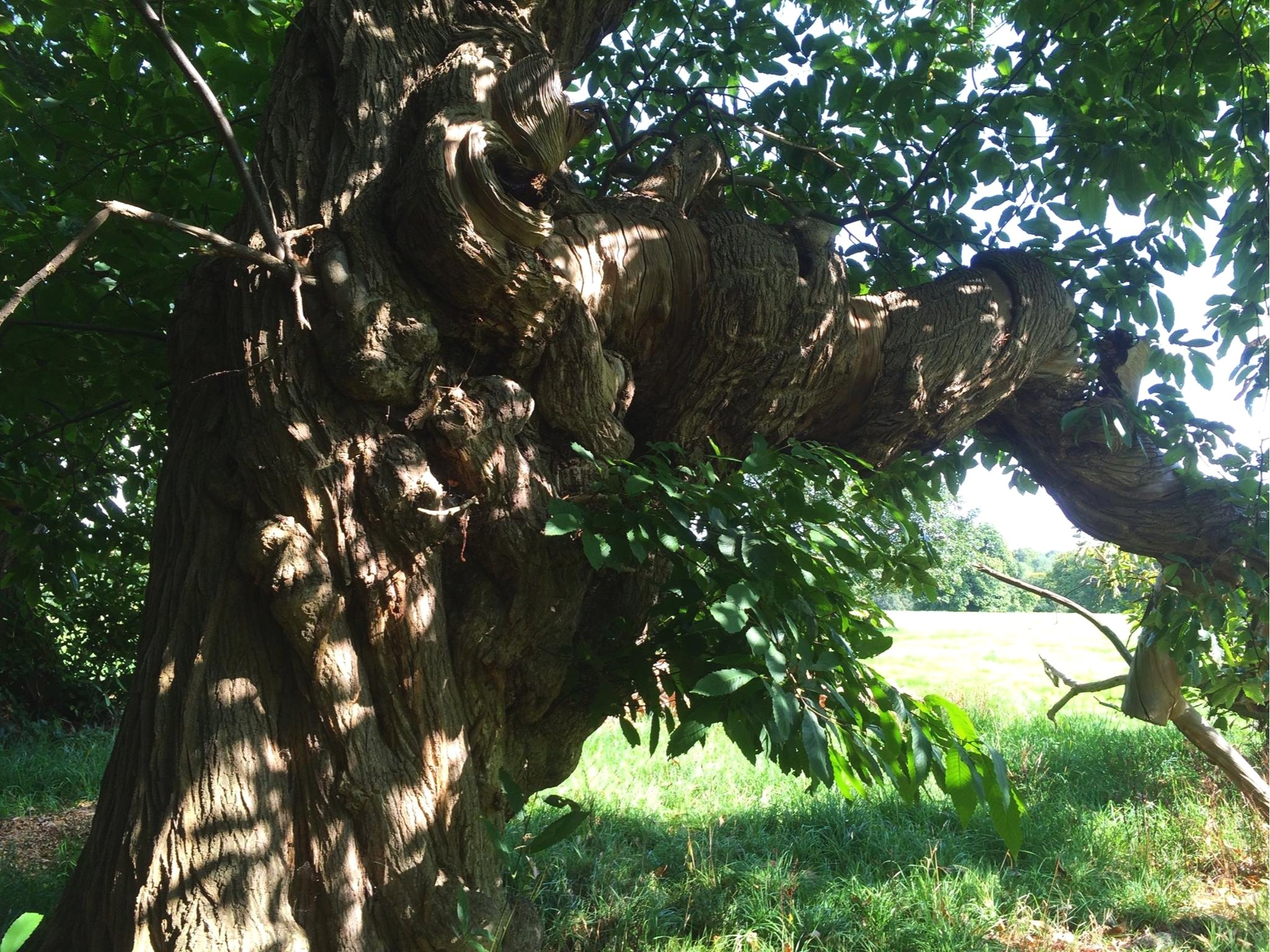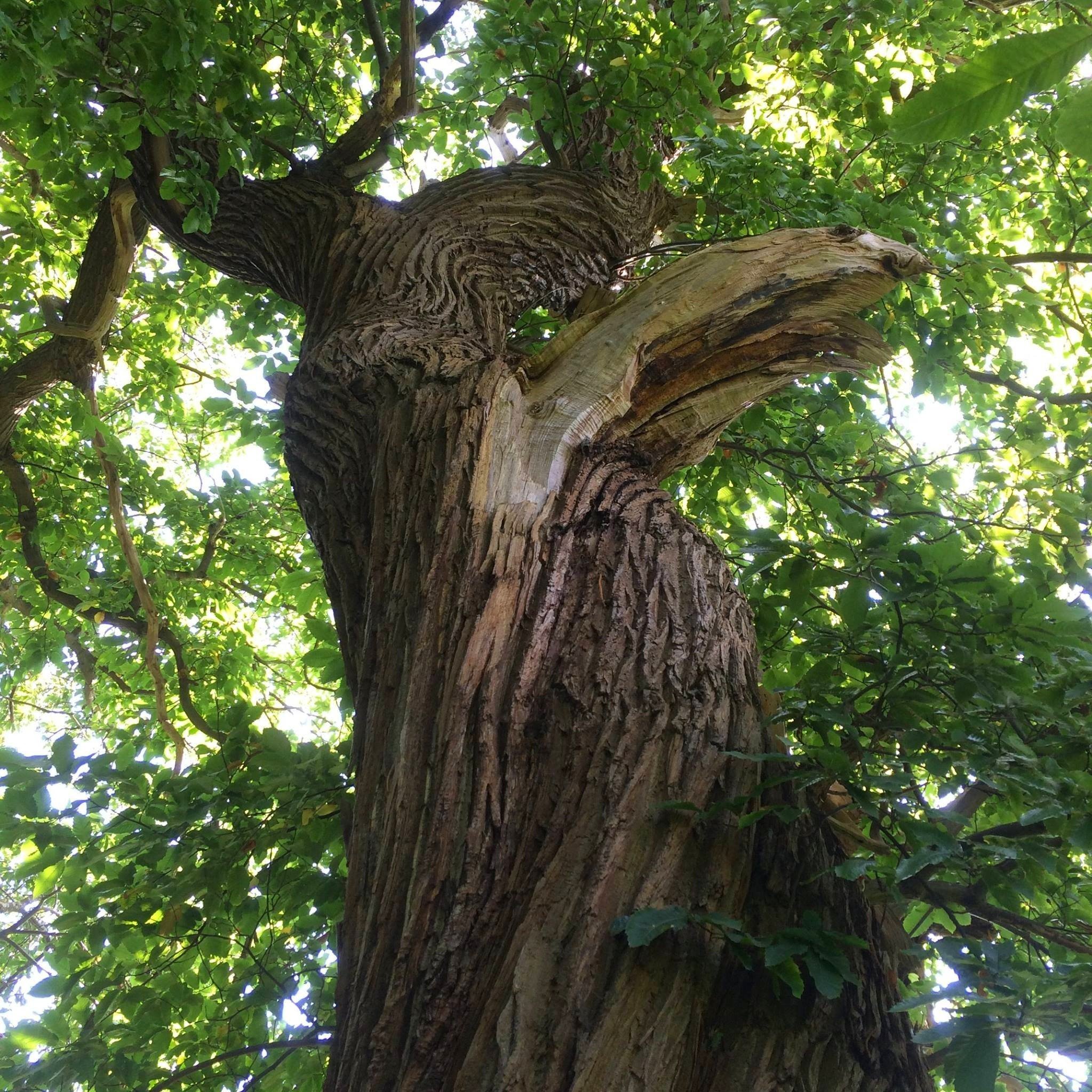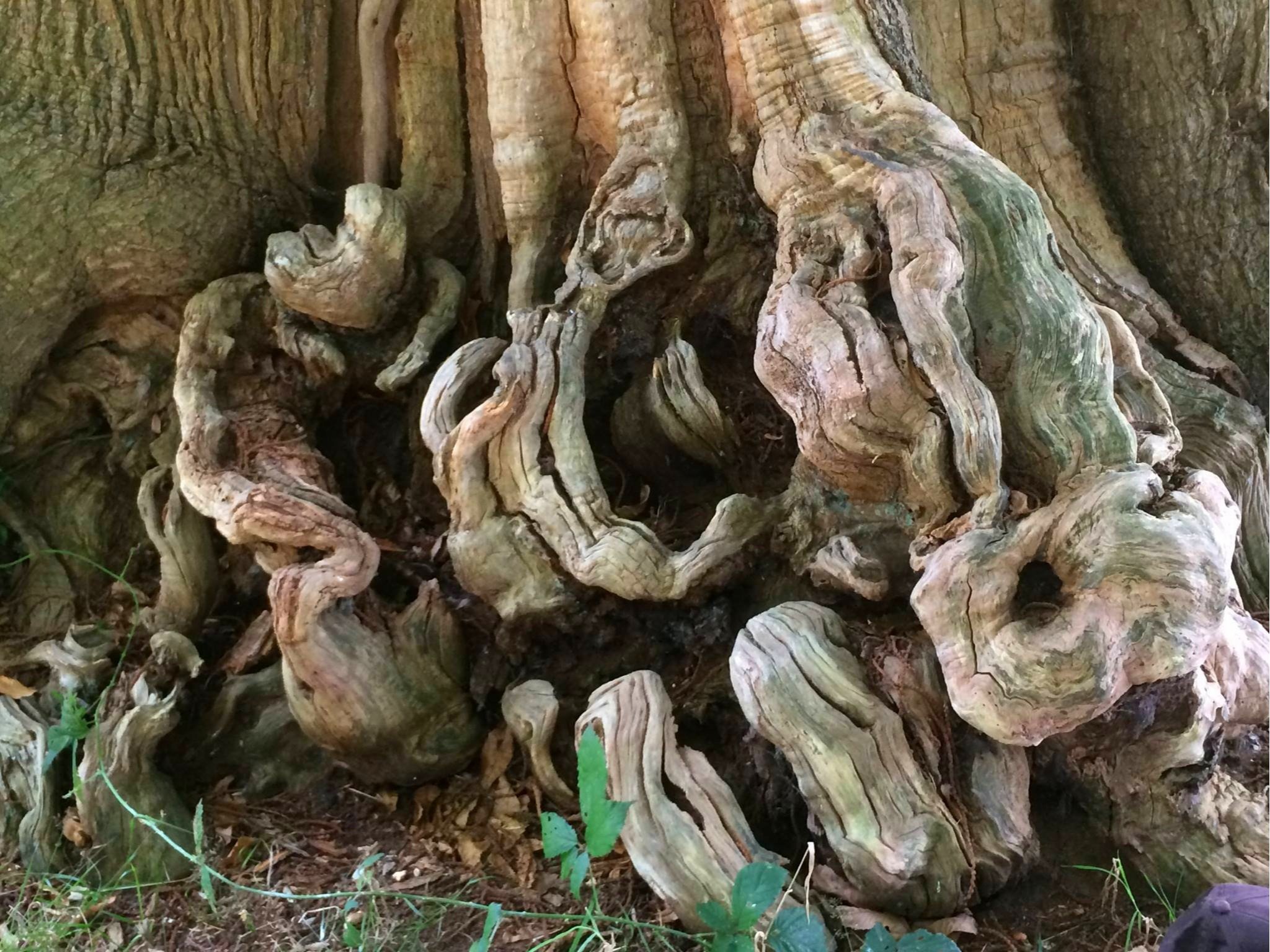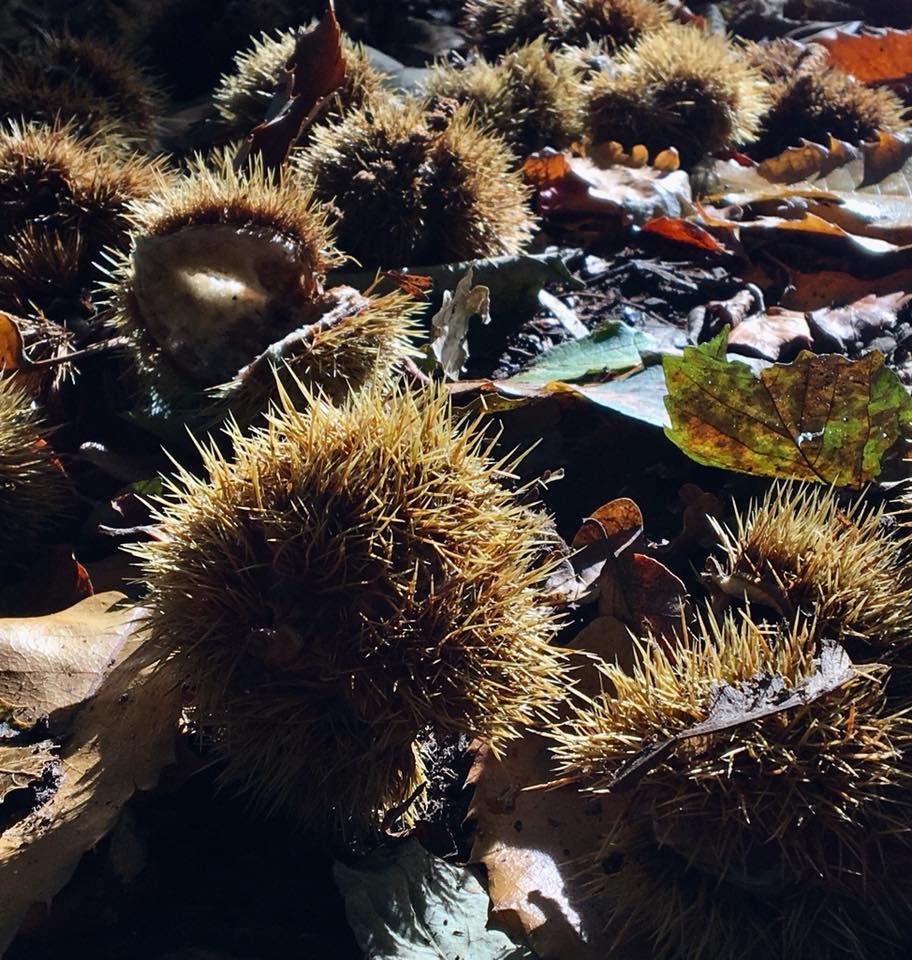Tree Health and Holistic Tree Care
To fulfill a tree owner's duty of care responsibilities, Arboricultural surveys assess structural integrity, root health, physical condition, disorders and disease, and provide a detailed report on health and safety. The majority of the surveys are visual tree assessments (VTA) and if necessary, more detailed internal investigations can be carried out by Sonic Tomograph and Resistograph Testing, and Air Spade Recommendations (see below). Aerial inspections are also used for the collation of detailed information.
Assessing trees for hazard and specification of remedial works if necessary
Specification of short and long term prudent maintenance programmes
Investigating cases where trees are alleged to be involved in structural damage to buildings
Health & Safety Duty of Care Reports
Assessing plant ecology and providing environmental impact reports
Investigating accidents caused by tree failure
Formulating Tree and Woodland Management Plans
Applications to Local Authority for tree management to work in conservation areas or on trees protected by a Tree Preservation Order
Assess and formulate plans for tree feeding and root invigoration
Compilation of Arboricultural Method Statements and liaise with local authorities in regard to BS5837 (British Standard) (2012) 'Trees in Relation to Design, Demolition & Construction'. Please take a look at our Trees & Construction page.
CHAMPION PLANE TREE - visiting the amazing Champion London Plane in Ely, Cambridge that overlooks the Cathedral. Believed to be the largest Plane tree in Britain. A wonderful opportunity to appraise one of Britain's 50 most important trees and compare management strategies for Veteran type class trees. Thanks to Kings School for special access and to Bishop Gunning for planting this colossal tree, circa 1680.
Tree Testing
Sonic Tomograph Testing… measures the speed that sound waves travel from one point to another through a tree trunk. Sound waves are constant in solid wood yet give a much slower reading through decaying wood. Computer images provide the Arborist with confirmation of health and stability of the tree.
Resistograph Testing… uses a 400mm+ long drill, which is micro-drilled on various points around the stem and major buttress flares. This indicates resistance through the cambium, trunk and even the roots. The measurement is recorded via a needle onto a paper readout and will indicate solid, healthy wood versus hollow and decayed wood, confirming safety or instability.
Airspade Decompaction Works… on London’s most noteable Zelkova (Japanese Elm) for Royal Parks, Bespoke assessment of the rooting zone may show difficult environments for respiration. Nutritional deficiency is often caused by a lack of organic materials breaking down in the rooting zone. Compaction and poor drainage will restrict the gaseous exchange, leading to compromised health, even mortality. Creation of an holistic rooting zone enables a tree to utilise their own survival strategies towards future good health. We also carry out vertimulching to assist aeration of the soil creating general efficient exchange of gases and moisture in the rooting zone.
Tree Fungal Colonisation… We provide identification of fungal colonisation. In many cases this can be a feature not a defect, as we now understand that trees and fungi, can potentially be associated together, for a considerable time, in some cases. The association can create unique bio diversity and environments. It is important to retain and encourage such scenarios. Other fungi may colonise weak, or damaged trees can result in structural compromises. Ask us if you have issues. See more on our Gallery Page.
Brace restraint installation for the famous Harry Potter Cedar of Lebanon located overlooking waters at Blenheim Palace in Oxfordshire in 2016. Read more about the project here in an article from ProArb: https://proarbmagazine.com/henley-tree-surgeon-saves-historic-350-year-old-cedar-tree/
Installation of Lightning Conductor in Wellingtonia (Sequoiadendron giganteum)
Installation of a Lightning Conductor in a Wellingtonia - the pinnacle at 32.0m rises out of the tree to attract any potential lightning strikes and guide them safely down to the earthing rods, avoiding any possible tree damage, and giving the owner peace of mind. The specialist 10mm copper wire is secured to the main stem with stainless steel, sprung loaded, tree-friendly fixings and rods are sited into the nearby earthing trench, running away from the main stem.
If only trees could talk…
However, a competent arboriculturist will glean much from the body language of a tree.
Veteran & Ancient Sweet Chestnuts (Castanea sativa)
Dappled sunlight under the old Sweet Chestnuts (Castanea sativa) - An assessment of individual Sweet Chestnut trees and coppice stools in the UK suggests that some may be between 500 and 1000 years old, based on girth and historical records. Old trees are usually hollow or have regrown from collapsed boughs. The Ancient Tree Inventory for the UK (Woodland Trust, 2016) lists over eleven hundred Sweet Chestnut trees of more than 6.0m girth, with the largest single tree being 19.8 m girth!
Here is the group resting in the still winter sunshine…
